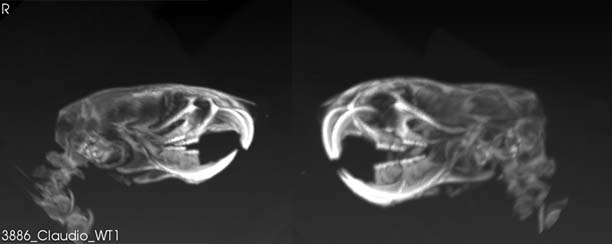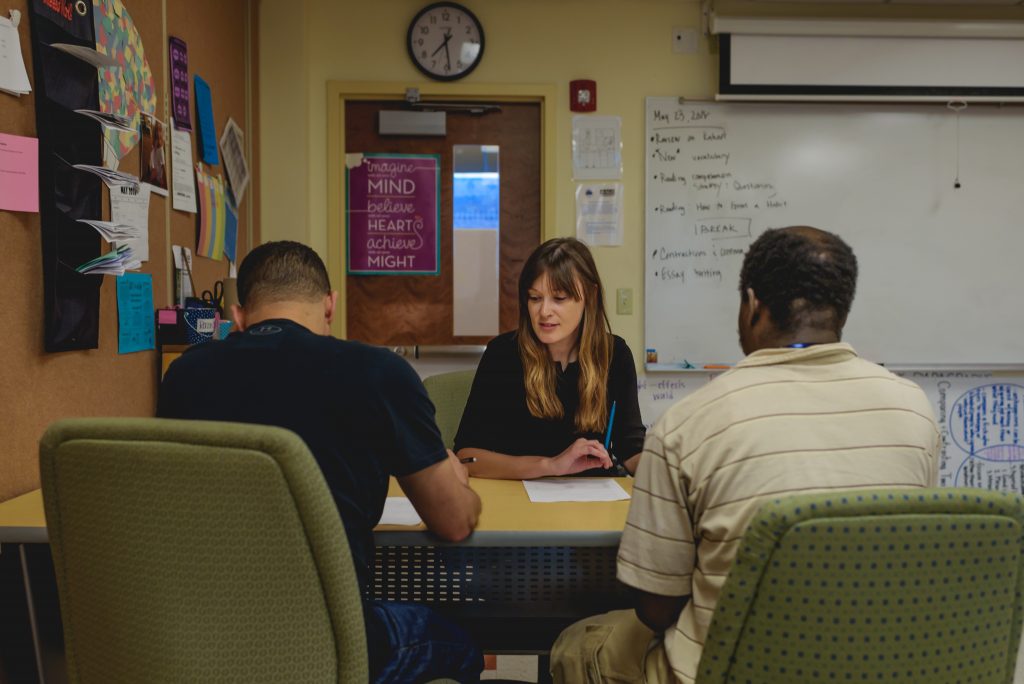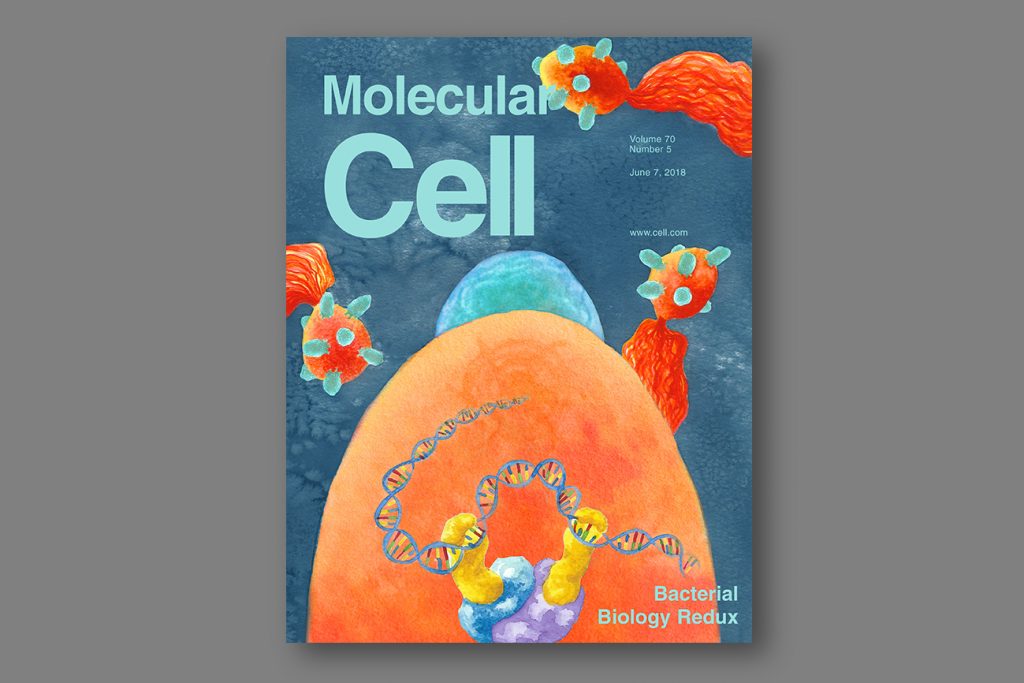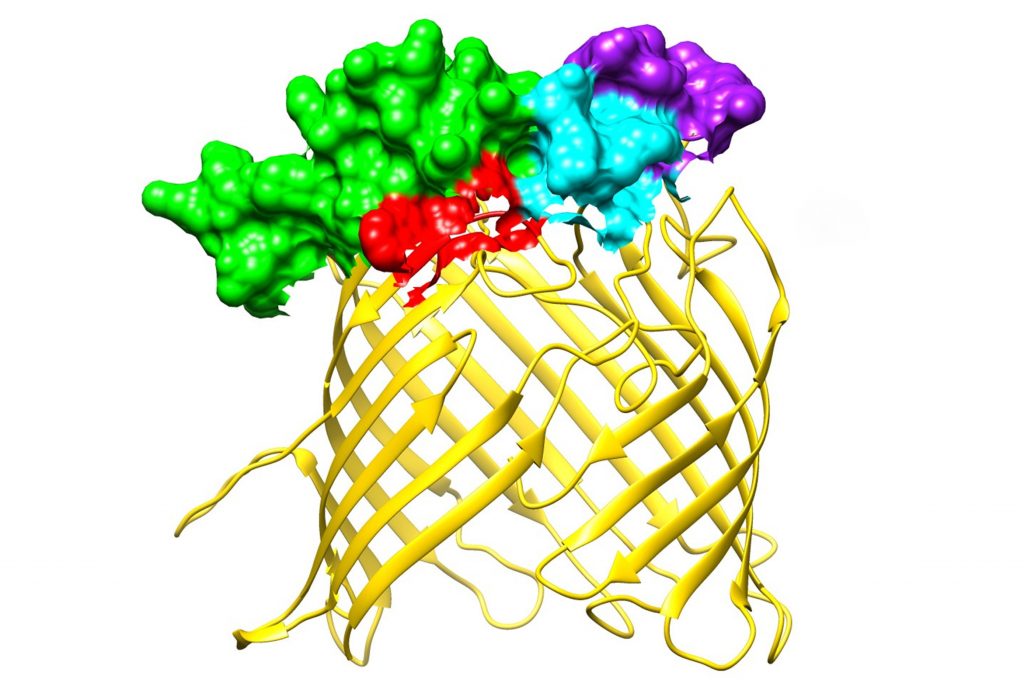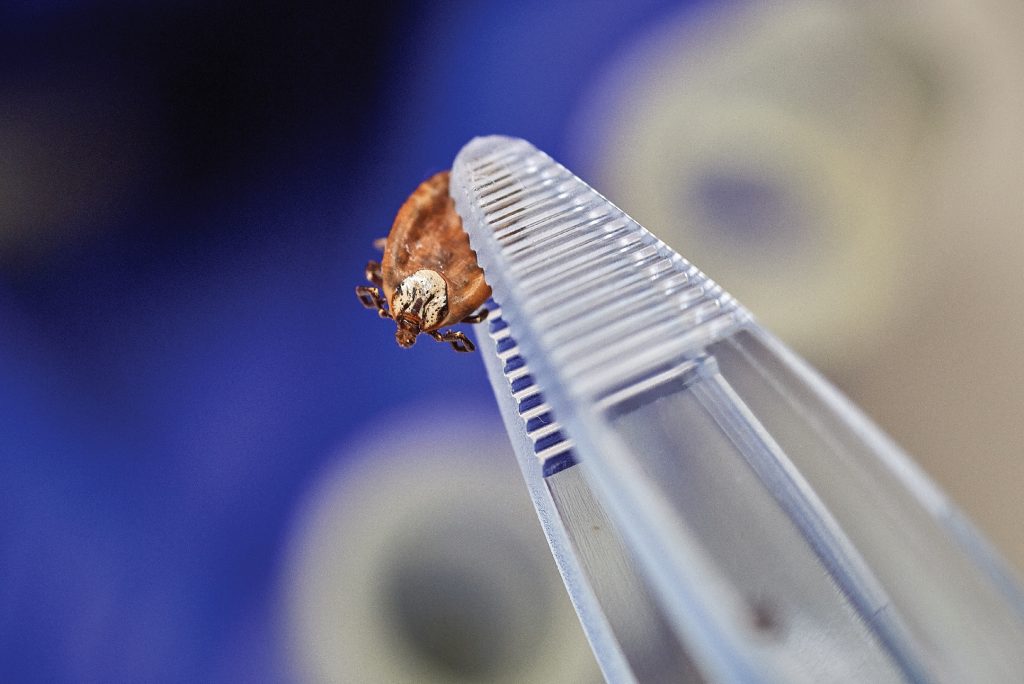Research & Discovery
Scientists are Using DNA to Study Ocean Life and Reveal the Hidden Diversity of Zooplankton
'Except for scientists who study them, few people are aware that marine zooplankton are among the most numerous – and important – animals on Earth,' says marine sciences researcher Ann Bucklin.
June 18, 2018 | Ann Bucklin, Department of Marine Sciences
Testing Cellular Mechanisms Behind Microcephaly
Rahul Kanadia, professor of physiology and neurobiology, has received more than $1.8 million from the NIH to study the role of minor spliceosome in cortical development common in microcephaly.
June 18, 2018 | Anna Zarra Aldrich '20 (CLAS), Office of the Vice President for Research
UConn Engineering Announced as Partner Institution for $14.2M Regional Transportation Center
In a coalition of schools led by the University of Maine, the University of Connecticut School of Engineering will be a participant in the Region 1 University Transportation Center: Transportation Infrastructure Durability Center (TIDC), funded by a five-year $14.2 million grant from the U.S. Department of Transportation.
June 15, 2018 | Eli Freund
Poker Has a ‘Tell’ About Strategic Thinkers
A new study on high-stakes poker reveals how people process information in competitive settings.
June 15, 2018 | Kristen Cole, University of Connecticut, and Karen Michele Nikos-Rose, University of California, Davis
How Dropping Out of High School Helped Grad Student Learn About Teaching
Julie Bartucca from the UConn 360 podcast discusses with Ph.D. candidate Kristi Kaeppel how her background informs her research today.
June 15, 2018 | Julie (Stagis) Bartucca '10 (BUS, CLAS), '19 MBA
Scientists Discover Roles and Teamwork of CRISPR-Cas Proteins
Research out of UConn Health and the University of Georgia explains the way these proteins work together to save the cell and achieve immunity.
June 13, 2018 | Jessica McBride, University of Connecticut, and Jessica Luton, University of Georgia
UConn Hosts Inaugural Brain Research Symposium
During the day-long event, nearly 30 scientists and clinicians “pitched” their current brain-related research projects to find potential collaborators.
June 12, 2018 | Jessica McBride, PhD
Syphilis Discovery Raises Possibility of Vaccine
UConn Health researchers have identified proteins on the outside of the bacteria, opening up the possibility of the world's first vaccine.
June 12, 2018 | Kim Krieger
Why You Should Never Flush a Tick
Taking it to be tested at UConn instead could reap some pretty significant rewards.
June 11, 2018 | Elaina Hancock
Food Decisions Can Reduce Greenhouse Emissions, Study Says
A new UConn study finds that if Americans direct their food purchases away from meats and other animal proteins, they can help reduce greenhouse gas emissions.
June 7, 2018 | Daniel P. Jones, UConn Rudd Center

